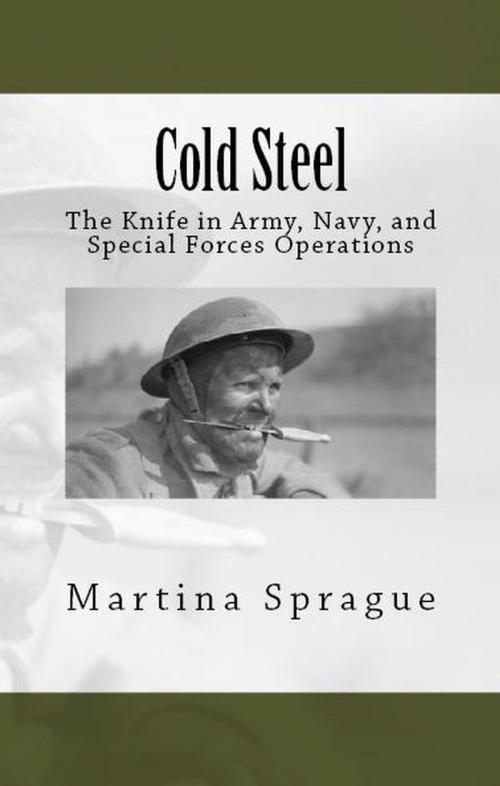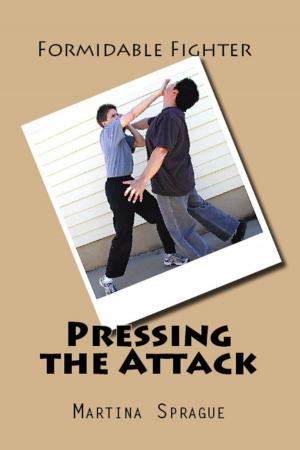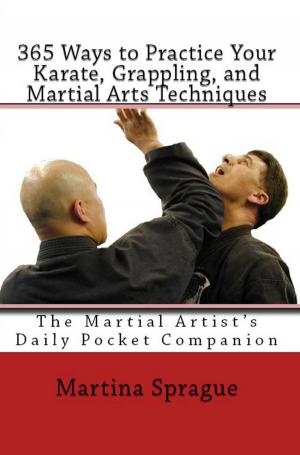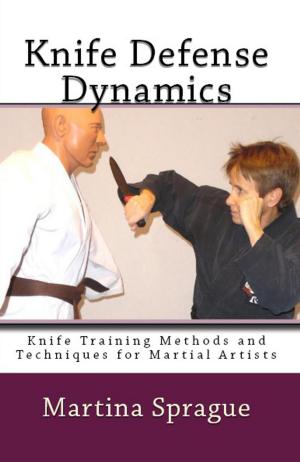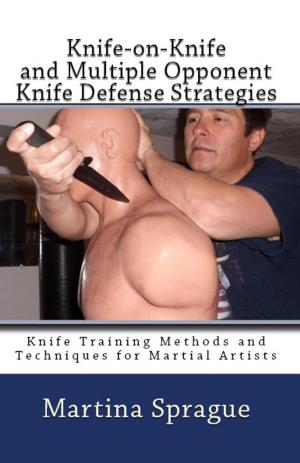Cold Steel: The Knife in Army, Navy, and Special Forces Operations
Knives, Swords, and Bayonets: A World History of Edged Weapon Warfare, #3
Nonfiction, History, Military, Weapons| Author: | Martina Sprague | ISBN: | 9781386642725 |
| Publisher: | Martina Sprague | Publication: | March 13, 2018 |
| Imprint: | Language: | English |
| Author: | Martina Sprague |
| ISBN: | 9781386642725 |
| Publisher: | Martina Sprague |
| Publication: | March 13, 2018 |
| Imprint: | |
| Language: | English |
Knives have been carried with enthusiasm as sidearms to swords since antiquity, and as sidearms to firearms into modern day. Knife combat involves strategy and tactics. Historically serving several missions, the knife has proven a good infiltration weapon when silence must be preserved. It has been used for killing sentries, and has come in handy in close quarters on the large battlefield; for example, in foxholes where firearms or grenades would have been impractical. Soldiers recognized early the benefits of carrying a small and lightweight weapon that could be concealed on one’s person, relied upon in the hand-to-hand fight, or deployed to finish an adversary at close range when one’s firearm malfunctioned.
Although soldiers carry knives for a variety of purposes—not all knives are designed strictly for fighting but also double as tools such as trench digger, ration opener, parachute line cutter, etc.—this book concerns itself primarily with the role the knife has played as a combat weapon in near modern and modern warfare in the western world. Combat can further be broken down into the use of the knife to kill an enemy including sentry killings and trench raids, and the psychological use of the knife as a weapon of coercion or to send the enemy to flight. The book begins with a discussion of knife design and carry, which purpose it is to familiarize the reader with the many factors the knife smith must consider when crafting the weapon. Next it demonstrates the important function the knife has served as a battlefield sidearm in the different military branches. It then examines the effectiveness of the knife and how soldiers have trained to prepare for the possibility of using cold steel against an enemy combatant. The concluding remarks focus on the knife as a weapon of inspiration.
Knives have been carried with enthusiasm as sidearms to swords since antiquity, and as sidearms to firearms into modern day. Knife combat involves strategy and tactics. Historically serving several missions, the knife has proven a good infiltration weapon when silence must be preserved. It has been used for killing sentries, and has come in handy in close quarters on the large battlefield; for example, in foxholes where firearms or grenades would have been impractical. Soldiers recognized early the benefits of carrying a small and lightweight weapon that could be concealed on one’s person, relied upon in the hand-to-hand fight, or deployed to finish an adversary at close range when one’s firearm malfunctioned.
Although soldiers carry knives for a variety of purposes—not all knives are designed strictly for fighting but also double as tools such as trench digger, ration opener, parachute line cutter, etc.—this book concerns itself primarily with the role the knife has played as a combat weapon in near modern and modern warfare in the western world. Combat can further be broken down into the use of the knife to kill an enemy including sentry killings and trench raids, and the psychological use of the knife as a weapon of coercion or to send the enemy to flight. The book begins with a discussion of knife design and carry, which purpose it is to familiarize the reader with the many factors the knife smith must consider when crafting the weapon. Next it demonstrates the important function the knife has served as a battlefield sidearm in the different military branches. It then examines the effectiveness of the knife and how soldiers have trained to prepare for the possibility of using cold steel against an enemy combatant. The concluding remarks focus on the knife as a weapon of inspiration.
